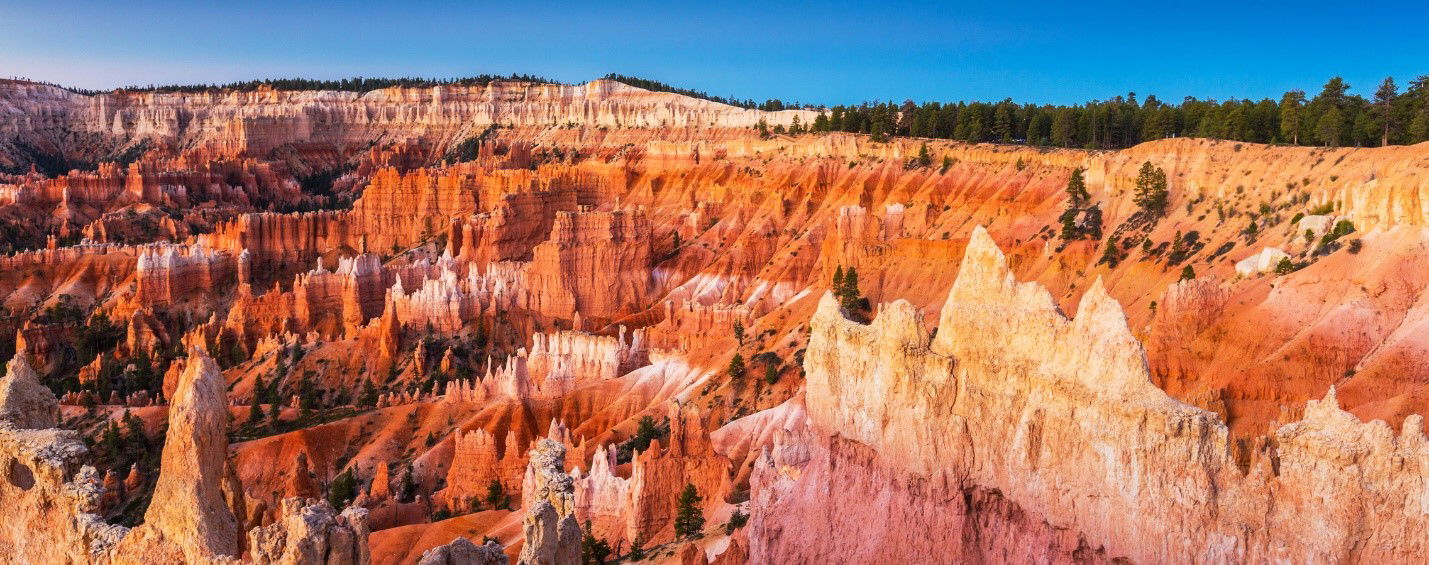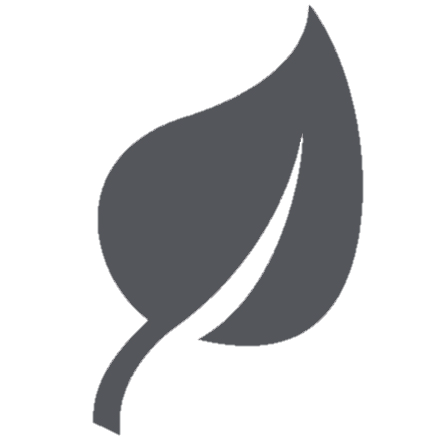


Hoodoos are totem pole shaped rock formations that represent the result of years of erosion. They can be the size of a human all the way up to over a hundred feet tall. And nowhere in the US is there a more prominent or mesmerizing display of these structure than in Utah’s Bryce Canyon National Park—a series of natural amphitheaters showcasing these phenomenon. The colors: white, pinks, browns and oranges are absolutely amazing to behold. When the sun sets just right, it looks as if you have entered some sort of mythological world. A number of trails run throughout the park, taking visitors past some of the most spectacular rock structures and geologic formations. This is a place you can only truly experience by visiting in person.
There are a number of trails that run throughout Bryce Canyon, the most popular of which is called Fairyland Loop. An eight-mile section, this pathway will bring tourists past some of the park’s most incredible views to include Tower Bridge, China Wall as well as Fairyland Point.
Beyond just hiking, visitors to Bryce Canyon enjoy mountain biking. With a number of trails specifically designed for the avid biker such as Red Canyon Trail and the more advanced Thunder Mountain, adventure is the name of the game. There are also horseback tours available through the park along with several exhilarating ATV opportunities.
Many parks have a similar look and feel to each other. This is not the case with Bryce. The formations make you feel like you're visiting another planet.

Winter is the slow season. The park is at a high elevation (over 8,000 feet) and winters are cold. The park is only open until 4:30pm during the winter.

The area slowly starts to warm up in the spring. The park hours extend to a closing time of 6:00pm.

Summer is the busy season. The park is open until 8:00pm to accommodate the traffic. At such a high elevation, the summers are warm, but not hot. The daily highs only reach the upper-70s.

Fall cools down and has very chilly nights. The park returns to a closing time of 6:00pm. October highs are typically in the upper-50s.
